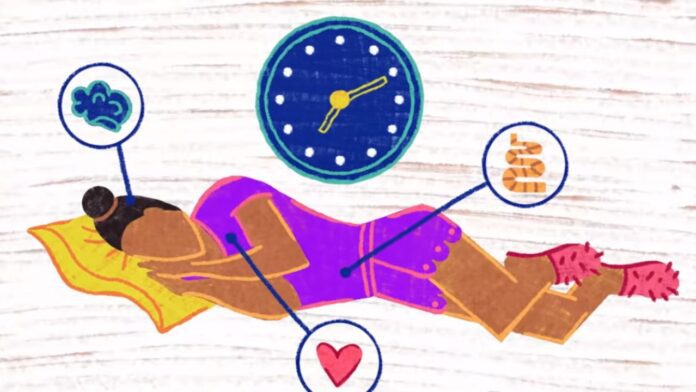This weekend, most Americans will turn their clocks back one hour as Daylight Saving Time ends for 2022. The twice-yearly ritual has critics, but continues despite attempts at permanent reform.
Clocks “Fall Back” Early November Each Year
On the first Sunday of November, which falls on November 6 this year, clocks shift back an hour at 2 am in most US states. This returns regions to standard time after nearly eight months of Daylight Saving Time.
The annual change was established by the Energy Policy Act of 2005, which set our current schedule of “springing forward” each March and “falling back” in November.
Idea of Daylight Saving Has Long History
While the current system began in 2007, Daylight Saving Time originated long before as a way to “save” daylight hours for practical uses.
Germany first implemented it in WWI to conserve electricity and fuel. The US and allies followed suit, instituting year-round “war time” during WWII before returning to standard time in 1945.
The OPEC oil embargo and energy crisis of the 1970s drove another temporary stretch of year-round Daylight Saving from 1974-1975 to reduce electricity usage – but it proved very unpopular.
Shifting Clocks Aims to Take Advantage of Daylight
The logic behind Daylight Saving Time is to align waking hours with the sun, reducing the need for artificial lighting in the evening. Sunset gets pushed back later into the evening.
By shifting business hours forward, the theory is people can spend more leisure time outside after work while daylight remains. But studies contradict whether DST actually saves meaningful energy.
States Have Option to Opt Out of Time Changes
While most states adhere to the twice-yearly clock changes, federal law does not mandate participation in DST. States can choose to remain on standard time permanently.
Hawaii and most of Arizona opt out of DST changes, as do some US territories like Puerto Rico and the US Virgin Islands. Areas that do not observe DST stay on standard time all year.
Health and Safety Concerns Prompt Reform Push
Despite the long tradition of clock changes, many have come to view Daylight Saving Time as an annoying disruption with questionable benefits.
Studies show temporary spikes in car accidents, heart attacks, and strokes around the start of DST in spring. The clock shifts can disrupt sleep cycles and cause grogginess.
These health and safety findings have prompted legislators to propose ending the twice-yearly time changes in favor of year-round DST.
Senate and House Bills Would Make DST Permanent
Citing constituent frustrations, both the Senate and House have introduced bills to implement permanent Daylight Saving Time nationwide.
The Senate unanimously passed the bipartisan Sunshine Protection Act in March 2022. But the House failed to advance an identical bill. Legislators reintroduced both bills in early 2023.
If eventually passed and signed into law, the US would no longer “fall back” each November under the reforms.
Familiar Ritual Persists Despite Controversy
Americans have a love-hate relationship with biannual clock changes. While disruptive and annoying to many, the familiar ritual persists after over a century in practice.
For now, states will continue switching between standard and daylight time each year. But growing calls to “lock the clock” signal this divisive tradition may not stay around forever.














![Technical Aspects of 844 Area Code in 2024 [Detail Guide] 844 Area Code](https://articleify.com/wp-content/uploads/2024/01/844-Area-Code-150x150.jpg)














